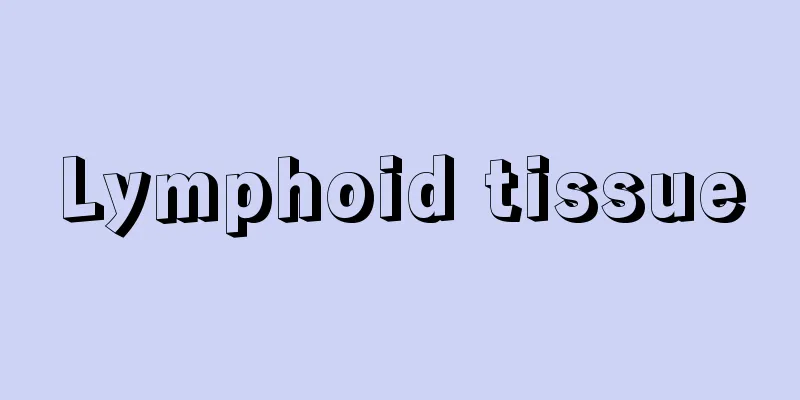Kamegaoka ruins - Kamegaoka ruins

|
This site is located in Kizukuri Tateoka, Tsugaru City, Aomori Prefecture. It is famous as a peat layer site from the late Jomon period. The peat layer was formed in the low marshes of Sawane and Ominosawa, and has been attracting attention from the perspective of environmental archaeology in recent years because it has preserved botanical remains, lacquerware, plant seeds, and pollen that are not found in ordinary ruins, making it worthy of being called a natural refrigerator. According to records from the Edo period, the name Kamegaoka was named after the area where many jars were found. As written in the travel writings of Sugae Masumi, Kamegaoka was also loved by literati in the Edo period as a place of antiques. Since the University of Tokyo conducted an excavation survey in the Meiji period, excavations have been conducted by Keio University in 1950, the Aomori Prefectural Board of Education in 1973, and the Aomori Prefectural Museum of History from 1981 to 1983. It was designated a national historic site in 1944 (Showa 19). The pottery excavated from this site is the epitome of the Late Jomon pottery in the Tohoku region, and is collectively called Kamegaoka pottery. Many of the excavated artifacts are excellent pieces, including the Shakoki-Dogu figurine, which has been designated an Important Cultural Property of Japan, and 69 artifacts designated as "Prefectural Treasures" by Aomori Prefecture. Kamegaoka pottery is characterized by its beautiful craftsmanship and designs, and its diverse composition of vessels, including jar, dish, spout, and incense burner shapes. A wide variety of artifacts have been excavated, including clay figurines, rock figurines, clay tablets, rock slabs, jewels, bone and horn tools, lacquerware, stone tools, and glass beads. In recent years, a group of pit tombs has been discovered, and rice and buckwheat pollen has been detected, suggesting that a culture and society with advanced technology had formed among the people of the Kameoka ruins. [Katsuhiko Suzuki] World Heritage RegistrationIn 2021 (Reiwa 3), the Kamegaoka ruins were registered as a World Heritage Site by UNESCO (United Nations Educational, Scientific and Cultural Organization) as a constituent asset of the "Jomon Sites in Hokkaido and Northern Tohoku" (Kamegaoka Stone Age Site) (World Cultural Heritage). [Editorial Department, January 21, 2022] Source: Shogakukan Encyclopedia Nipponica About Encyclopedia Nipponica Information | Legend |
|
青森県つがる市木造館岡(きづくりたておか)に所在する遺跡。縄文時代晩期の泥炭層遺跡として著名である。泥炭層は沢根と近江沢(おみのさわ)の低湿地に形成され、天然の冷蔵庫とよぶにふさわしく通常の遺跡では遺存しない植物性遺物、漆器、植物の種子、花粉をよく保存しているので、近年環境考古学の立場から注目されている。亀ヶ岡の地名は、瓶(かめ)が多く出る土地という意味で名づけられたと江戸時代の記録にある。菅江真澄(すがえますみ)の紀行文に記されているように江戸時代には亀ヶ岡の古器物として文人たちの間に愛好されたこともある。明治時代に東京大学が発掘調査を行って以来、1950年(昭和25)に慶応義塾大学、1973年に青森県教育委員会、1981~1983年に青森県立郷土館が発掘調査を実施。1944年(昭和19)には国の史跡に指定された。この遺跡から出土した土器を標式に、東北地方の縄文晩期の土器を総称して亀ヶ岡式土器という。出土遺物には優品が多く、国の重要文化財に指定された遮光器土偶のほか、青森県の「県重宝」に指定された遺物が69点ある。亀ヶ岡式土器は、製作と文様に優れた美しさをもち、壺(つぼ)形、皿形、注口(ちゅうこう)形、香炉(こうろ)形などの多様な器種組成を有する点に特徴がある。土偶、岩偶(がんぐう)、土版(どばん)、岩版、玉類(たまるい)、骨角器、漆器、石器、ガラス玉などの豊富な遺物を出土し、また近年では土壙墓(どこうぼ)群が発見されたり、イネやソバの花粉が検出されたり、亀ヶ岡遺跡の人々の間に高度な技術をもつ文化や社会が形成されていたことが考えられている。 [鈴木克彦] 世界遺産の登録2021年(令和3)、亀ヶ岡遺跡はユネスコ(国連教育科学文化機関)により「北海道・北東北の縄文遺跡群」の構成資産(亀ヶ岡石器時代遺跡)として世界遺産の文化遺産に登録された(世界文化遺産)。 [編集部 2022年1月21日] 出典 小学館 日本大百科全書(ニッポニカ)日本大百科全書(ニッポニカ)について 情報 | 凡例 |
>>: Turtle shell - Turtle shell
Recommend
Living Buddha - Shobutsu
Year of birth: Year of birth and death unknown. He...
Sarcocheilichthys variegatus - Sarcocheilichthys variegatus
A freshwater fish of the Cyprinidae family. The Ja...
Indian mongoose (English spelling) Herpestes edwardsii; Indian mongoose
Carnivora, Civetidae. Also known simply as the mon...
Object (English)
It is a word that means "object" or &quo...
Whistler
1834‐1921 Swiss Germanic legal scholar. Professor ...
Mercouri, M.
…The first Greek filmmaker to gain international ...
Schneider test
…A coefficient used to measure the pulse rate at ...
Ikesaishiki - Live coloring
…As decorativeness increased from the end of the ...
Wundt, Wilhelm
Born: August 16, 1832, Neckarau, near Mannheim, Ba...
Stephanotis floribunda (English spelling)
… [Takabayashi Masatoshi]. … *Some of the termino...
Court politics
This refers to politics in which political decisio...
Onikobe Power Station
...Also, on the east bank of Akazawa, 6 km from M...
Munich Putsch (English spelling)
A failed putsch attempted by A. Hitler in 1923. Al...
Edo-mawashi
〘 noun 〙 The act of sending cargo by ship from Osa...
Urga
A French film produced in 1991. Original title: Ur...









